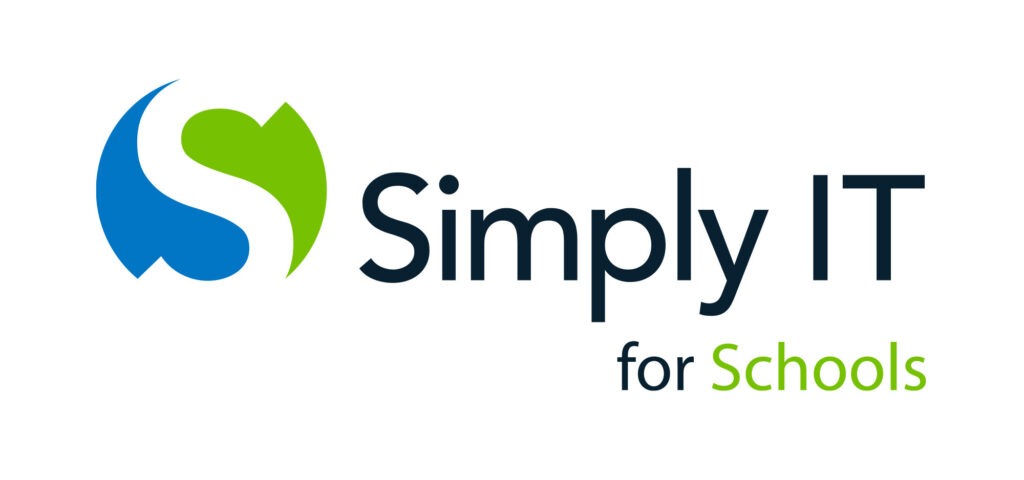
Steffan Barreau, CEO, Simply IT, discusses why schools can never stand still in IT investment and change
As schools prepare for another year, they may feel that little has altered from last year. Of course, no educational institution would ever deny that change is constant. It is brought to life as pupils grow, learn, develop, and move on. The familiar cadence is comfortable – or it was, until the pandemic.
In 2019, education had to move into a new mode, and fast. It became something not just delivered in classrooms – but consumed where pupils lived. It forced rapid digital change and adoption of cloud platforms such as Teams. The scramble to upgrade illustrated how many schools were struggling with IT.
New digital standards were announced for schools in March 2022, spanning broadband connectivity, network performance, wireless and more. Powerful government-sponsored research* also explored digital maturity issues, reviewing not only these infrastructure aspects but how technology is in use in UK education.
Digital is a challenge for half of UK schools
On the infrastructure side, it revealed that just half UK schools are yet fully cloud-based – while the remainder have a mixture of cloud and on-site systems that they find hard to detail. It uncovered many worries about security, and internal technical abilities to make this transition to cloud, as well as inevitable funding concerns.
Education technologies are also an issue. Digitally mature schools are well equipped; others don’t have enough of key tools for everyone. Not all schools have current teaching technologies, such as smart whiteboards in every classroom. Not all teachers have personal laptops or remote desktops to organise and plan lessons, communicate, or teach in class or in hybrid remote/classroom formats.
The relevance of technology in classrooms is ever clearer. The latest global PISA study** suggests that students do better with technology in the hands of teachers, not students. This reinforces the role of tools like interactive whiteboards, versus assumed priorities such as funding laptops and tablets for use in lessons.
A year is a long time in educational technology
A year is a long time in educational technology, thanks to continual innovation and investment. Growing cybercrime means an increasing need to protect systems, email and users. Rising real world risks mean schools increasingly need connected solutions to secure buildings, manage access, and keep school communities safe.
It has never been more vital for school IT leaders and business partners to create future-focused IT plans and advocate for their allocation of school budgets. They must keep them under continual review to keep pace with evolving needs, edutech, and threats, to advise school Heads or Trusts appropriately.
The pandemic showed that no school should be complacent, or lag behind the curve on digital technologies. The challenge is doing so economically and effectively, balancing change with constant budgetary pressure.
The start of an academic year is a good time to reset digital vision. Yet many schools must first untangle and simplify systems that have become hard to manage and very expensive to run following rushed investments.
Assessing where you stand and auditing what you have is the place to start – but it requires the right technical knowledge. Finding the right IT support, solutions and services partner is the key. Simply IT was built around the practical IT and education needs of primary and secondary schools. Our mission is to help schools simplify their IT challenges, reduce the costs, extend the capabilities, and protect your IT network.
Make a start today by filling in our free digital readiness scorecard for schools and discover how you stack up on digital.
* Exploring Digital Maturity in Schools – March 2022 https://www.gov.uk/government/publications/exploring-digital-maturity-in-schools-using-edtech-data
** 2018 Programme for International Student Assessment (PISA), published in December 2019 by the OECDhttps://www.mckinsey.com/industries/education/our-insights/new-global-data-reveal-education-technologys-impact-on-learning

This is a sponsored article, brought to you by Simply IT.
To find out more about why schools can never stand still on IT investment and change, come and chat to Simply IT at EdExec LIVE North in Manchester on 6th October 2022. Book your tickets here!


Be the first to comment